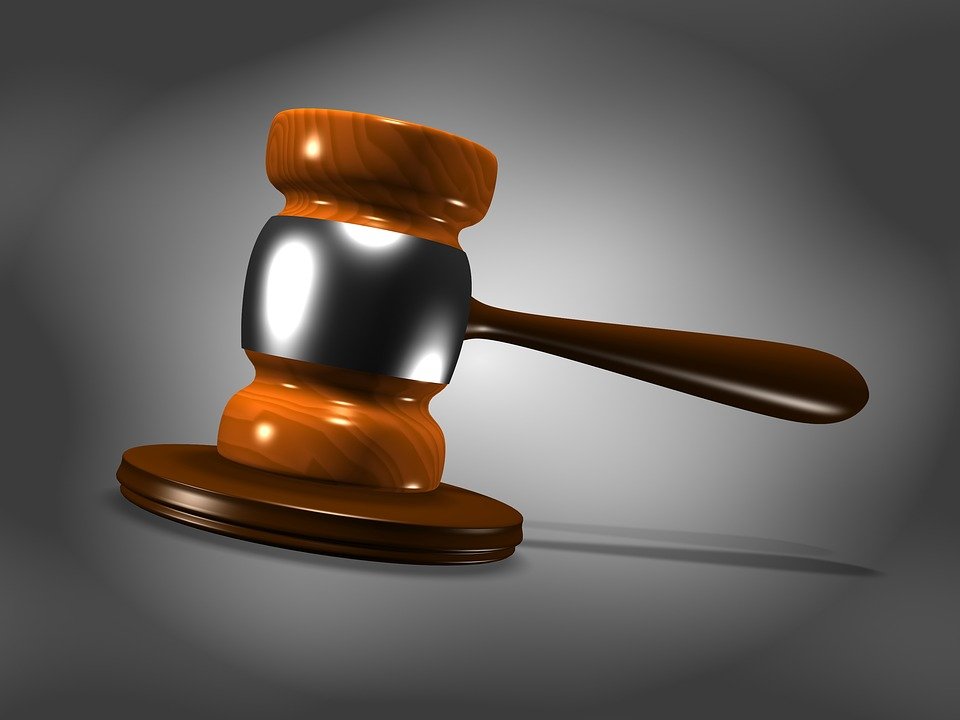Chapter 13 Bankruptcy - Who Needs to Know What Chapter 13 Bankruptcy Entails?

Chapter 13 bankruptcy is a special form of bankruptcy proceeding in which a person declares themselves unable to repay their debts. It is important to understand that chapter 13 bankruptcy does not apply to some forms of unsecured debt such as student loans and personal loans. The main exception to this rule is medical debts. The creditor will be able to charge full legal fees and carry forward the debt as a debt. This applies to all other unsecured debts including personal loans, business debt, child support and a host of other types of debts. The statute has been enforced because of the threat posed by organized criminals and wealthy families to those who are unable to pay their debts. Click here to learn how to file for chapter 13.
As part of chapter 13 bankruptcy, you will be required to make payment arrangements with your creditors. Creditors will be able to insist on court action if the amounts do not become available within the required repayment period. If your creditors still refuse to enter into a suitable repayment plan, they may issue a Notice of Default. A Notice of Default can also be filed with the Federal Register and then be registered with the Office of the Superintendent of Bankruptcy (OSB) once the required statutory period has lapsed.
Once you have filed a chapter 13 bankruptcy, you will need to follow a specific procedure to successfully complete the process. A discharge application will be submitted to the OSB along with supporting financial documents. Supporting financial documents can include but are not limited to employment contracts, income tax returns, bills and monthly expenses. This information will help your bankruptcy case be strong when it goes to trial. After receiving the discharge application, the discharged entity will be able to commence with the reorganization process under chapter 13 bankruptcy.
A major advantage of chapter 13 bankruptcy over loan modification is that there is no loan adjustment process involved. If the new chapter 13 bankruptcy reorganization is not approved before the expiration of the five-year period mentioned in the initial chapter 13 filing, the discharged entity will not be permitted to file for any future chapter 13 filings. However, once the five-year period expires, the individual is authorized to file a petition for a discharge if he or she can prove that he or she has met all other requirements of chapter 13 bankruptcy. Chapter 13 bankruptcy does not require that you repay a discharged loan until the full amount is paid back. So if you have a discharged loan, you do not have to repay the full amount to the lender because you can always refinance the loan after the five years have passed.
If you meet all other requirements of chapter 13 bankruptcy, you do not have to repay a discharged loan and will not need to file for a discharge. However, if you fail to comply with one of these conditions, and the discharged entity still refuses to permit you to file for bankruptcy chapter 7 vs 13, you can file for an unsecured debt reduction application. This application lets you reduce your unsecured debts through negotiation with the creditor and allows you to pay less than the whole amount you owe. You should seek the services of a reputable chapter repayment plan consultant for this purpose, to make sure you have made the best possible deal.
If you have failed to comply with one of these conditions, the trustee will sell your remaining assets to settle the debt. The proceeds of the sale of these assets are used to pay off the creditors, allowing you to file for chapter 13 bankruptcy again. Once you have filed for chapter 13 bankruptcy, it remains on your credit history for up to five years. This means that during this time, you cannot obtain another loan or credit card unless the proceeds from the sale of your assets to cover at least half of your debts. It's good to click on this site to learn more about the topic: https://simple.wikipedia.org/wiki/Bankruptcy.
